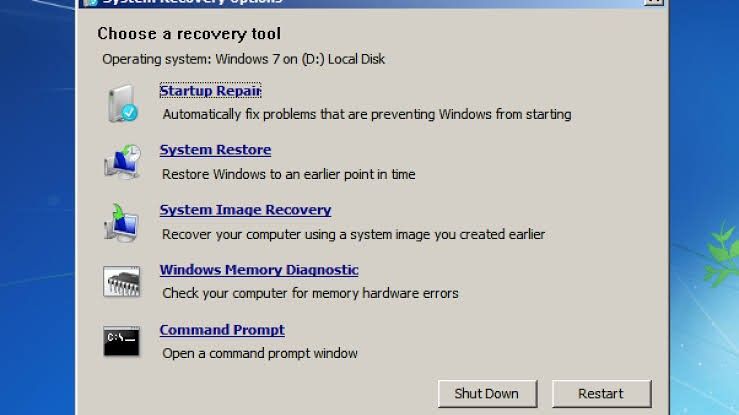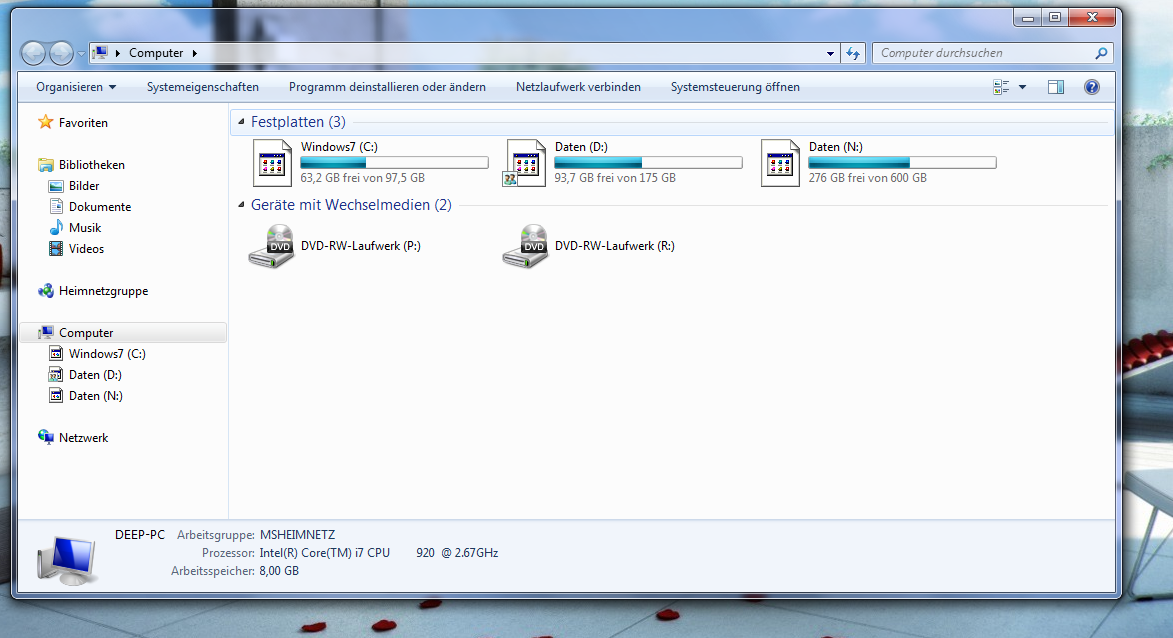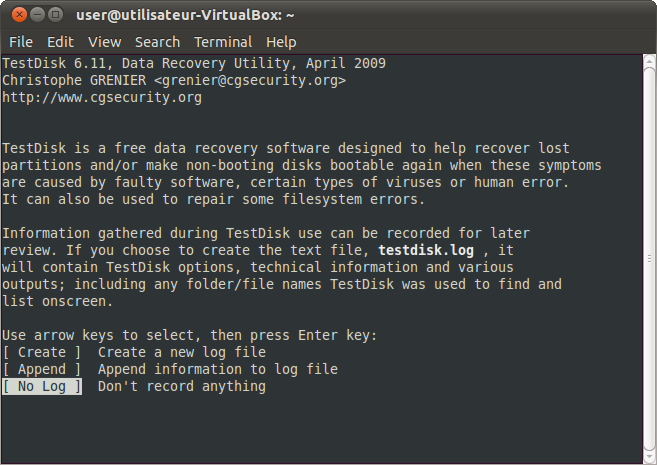
 You have limited internet access or a low data-usage cap that would make transferring the files to the cloud and back prohibitively difficult or expensive. Your IT department won’t install, or won’t let you install, cloud storage software on your computer. Some third-party transfer utilities may do at least some of this more-than-file-transfer work on Windows machines as well. Apple’s Migration Assistant can transfer some system preferences and applications for a Mac-to-Mac transfer. You want to transfer applications and settings in addition to files. (But chances are high that your email and contacts are stored on your corporate Exchange, Microsoft 365/Office 365, Gmail, or G Suite/Google Workspace server, so they’ll transfer from the server to your new computer once it syncs anyway.) You want to transfer your locally stored email and contacts, which Apple’s Migration Assistant can do for a Mac-to-Mac or Windows-to-Mac transfer. (You do have a backup, right?)Īll those methods take a lot of work, and I can recommend them only for special circumstances: Restoring your backup on your new computer. (Or you need to find and buy software that reads the “alien” file system so a Windows PC can work with an APFS drive.)
You have limited internet access or a low data-usage cap that would make transferring the files to the cloud and back prohibitively difficult or expensive. Your IT department won’t install, or won’t let you install, cloud storage software on your computer. Some third-party transfer utilities may do at least some of this more-than-file-transfer work on Windows machines as well. Apple’s Migration Assistant can transfer some system preferences and applications for a Mac-to-Mac transfer. You want to transfer applications and settings in addition to files. (But chances are high that your email and contacts are stored on your corporate Exchange, Microsoft 365/Office 365, Gmail, or G Suite/Google Workspace server, so they’ll transfer from the server to your new computer once it syncs anyway.) You want to transfer your locally stored email and contacts, which Apple’s Migration Assistant can do for a Mac-to-Mac or Windows-to-Mac transfer. (You do have a backup, right?)Īll those methods take a lot of work, and I can recommend them only for special circumstances: Restoring your backup on your new computer. (Or you need to find and buy software that reads the “alien” file system so a Windows PC can work with an APFS drive.) 
If you are going from a Mac to a Windows PC, you have to format the drive as MS-DOS so the PC can read it and the Mac can write to it. If you are going from a Windows PC to a Mac and using an external drive, it has to be formatted for Windows’ MS-DOS or NTFS, not the Mac’s APFS, so the Mac can read it and the PC can write to it.
Getting an external hard drive, thumb drive, or SD card and copying your files. Yes, Mac users can use the free Migration Assistant utility that resides in macOS’s Utilities folder to transfer files from a Mac, a Windows 7 PC, or a Windows 10 PC, but you have to network the computers, which can be difficult if one is a Windows machine, plus you have to install Apple’s software on the Windows PC to transfer files from it. But you have to find and buy a file-transfer utility (like the Windows-to-Windows Laplink PCmover), then run it. Using file-transfer utilities or an external drive to copy your files to your new computer. Those old, tried-and-true methods to transfer files from one computer to another are: Traditional file-transfer methods are complicated Stop! There’s a better way, at least most of the time, and it works whether your old and new computers are Windows PCs, Macs, or a combination of both. 
So you’ve rolled up your sleeves and are preparing to spend a lot of time and effort moving your files from your old computer to your new one. But it doesn’t have any of your files on it those are still on your old computer.

If it’s your work computer, your IT department probably installed all the business applications you need on it.







 0 kommentar(er)
0 kommentar(er)
